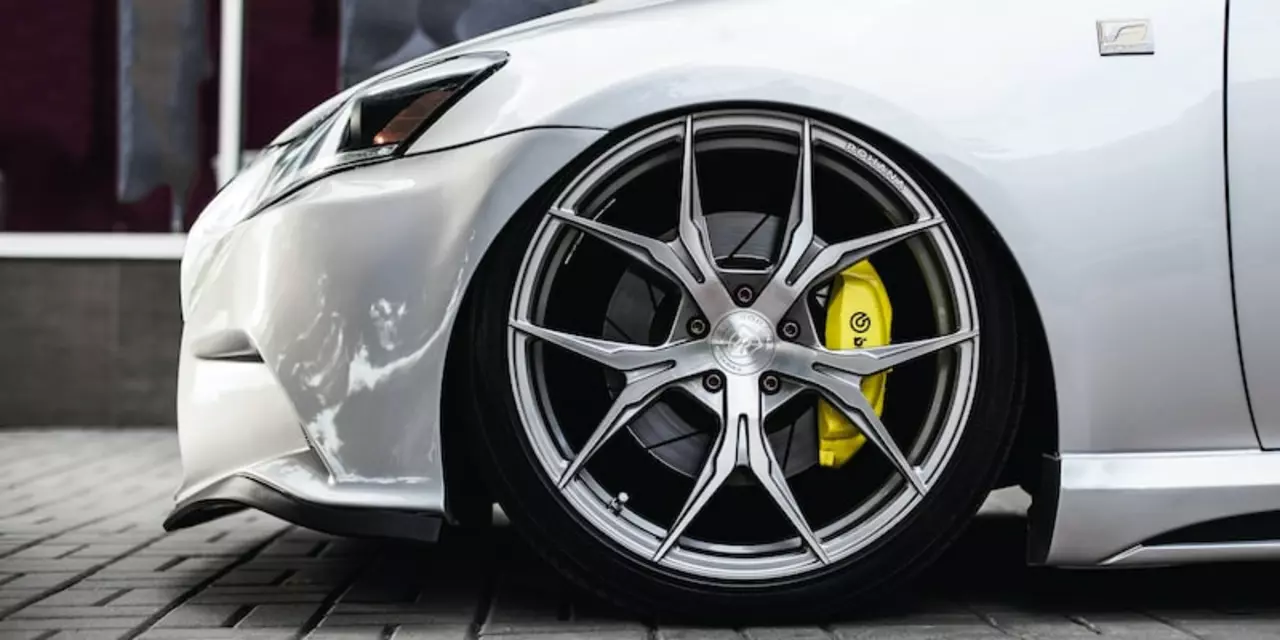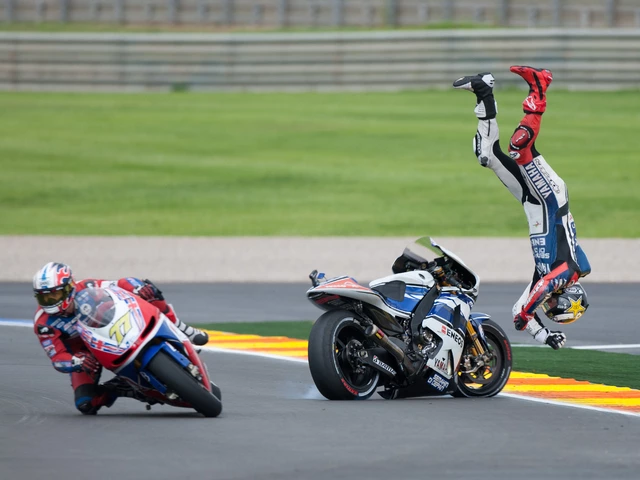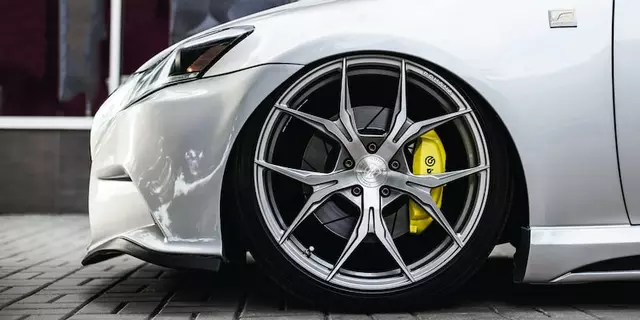Automotive Performance Parts: What Really Makes Your Car Faster
Ever wonder why some cars zip past the rest on the track? It’s not just the engine – the right performance parts can turn a good car into a great one. From brakes to suspension, each component plays a part, but the rear‑end differential often gets the biggest shout‑out. Let’s break down why it matters and how you can pick the best one for your ride.
Why the Differential Is the Unsung Hero
The differential’s job is simple: let the wheels spin at different speeds when you turn. In everyday driving that’s fine, but when you push a car hard, an open differential can send power to the wheel that’s slipping, leaving you stuck. That’s where a limited‑slip differential (LSD) shines. It senses wheel speed differences and redirects torque to the wheel with grip, giving you better acceleration out of corners and more control on the street.
There are two main LSD types you’ll see on performance builds. The clutch‑type uses plates and gear oil to lock the wheels partially – it’s cheap, strong, and great for drag racing. The helical (or gear‑type) uses a set of gears to create resistance; it’s quieter, smoother, and perfect for road‑course racing where you need both grip and comfort.
Choosing the Right Rear‑End for Your Car
First, think about what you drive and where you drive it. If you spend weekends on a drag strip, a clutch‑type LSD gives you that instant bite. If you’re more into road racing or weekend road trips, a helical LSD delivers consistent grip without the harsh chatter.
Next, match the differential’s strength to your power. A small 2‑liter turbo might do fine with a modest LSD, but a 600‑hp V8 needs a beefier unit with larger clutch plates or sturdier gears. Over‑specifying can waste money; under‑specifying can strip your car’s potential.
Installation matters, too. Some LSDs bolt right on, while others need new axles or a re‑geared carrier. If you’re not comfortable with a lift‑out, ask a shop that specializes in performance drivetrains – a bad install can ruin the whole setup.
Finally, keep an eye on maintenance. Clutch‑type LSDs need fresh gear oil and periodic plate inspection. Helical units are low‑maintenance but still benefit from regular oil changes to keep the gears humming.
Performance isn’t just about one part. Pair a good LSD with upgraded shocks, a solid brake kit, and a tuned suspension, and you’ll feel the difference instantly. Your car will corner tighter, accelerate smoother, and stay stable when the road gets tricky.
So, next time you think about upgrading, start with the rear end. Pick the LSD that matches your driving style, make sure it’s strong enough for your power, and install it right. Your car will thank you with every lap, drag run, or weekend cruise.
What is the best type of rear end, differential, for car racing?
Racing cars require a special type of differential for the rear end in order to provide the best performance. The best type of differential for car racing is the limited-slip differential (LSD), which is designed to reduce wheel spin and improve traction. The LSD is usually made up of clutch plates and a special gear oil, and is also known as a torque-sensing differential. It is able to sense the difference in speed between the two driving wheels, and can adjust the power delivery accordingly. The helical LSD is another popular option, as it is much quieter and more efficient than the clutch-based type. Both types are more expensive than the open differential, but offer improved performance and handling.





